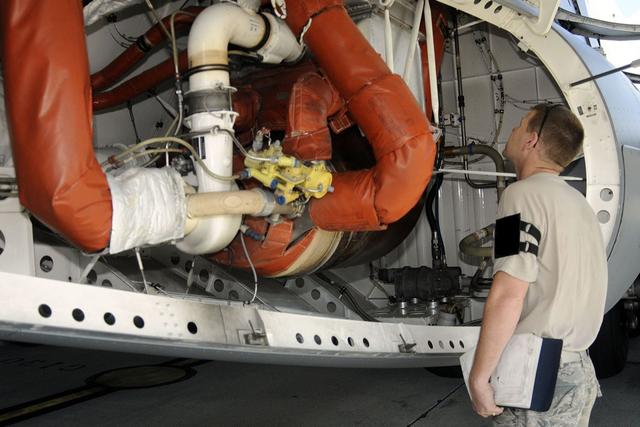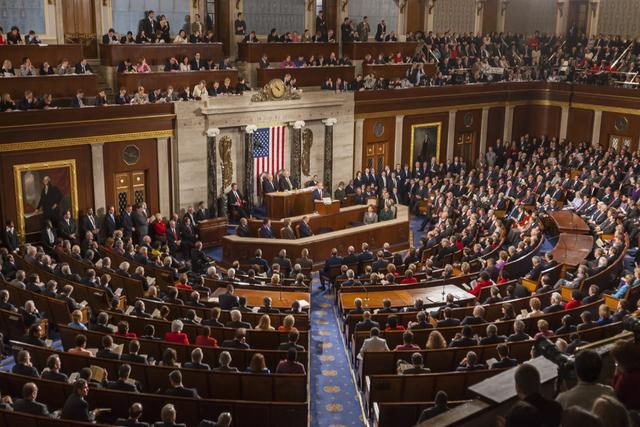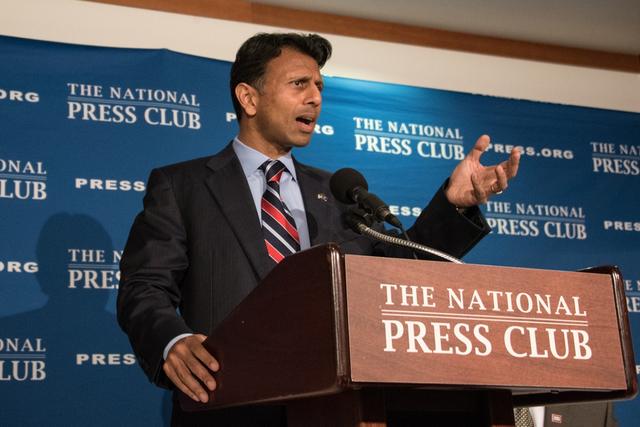Political Scientists
Overview

Introduction
Political scientists study the structure and theory of government, usually as part of an academic faculty. They are constantly seeking both theoretical and practical solutions to political problems. They divide their responsibilities between teaching and researching. After compiling facts, statistics, and other research, they present their analyses in reports, lectures, and journal articles. There are approximately 6,010 political scientists employed in the United States.
Quick Facts
Median Salary
Employment Prospects
Minimum Education Level
Experience
Skills
Personality Traits
Earnings
The U.S. Department of Labor reports that median annual earnings for political scientists were $122,220 in May 2019. The lowest 10 percent earned $60,960 or less and the top 10 percent earned $164,210 or more. Median annual salaries for political scientists who worked for the federal government were $127,500. Political scientists who worked for scientific research and development services firms...
Work Environment
Political scientists who work as tenured faculty members enjoy pleasant surroundings. Depending on the size of the department, they will have their own office and be provided with a computer, Internet access, and research assistants. With good teaching skills, they will earn the respect of their students and colleagues. Political science professors are also well respected in their communities.<...
Outlook
Employment for political scientists is expected to increase as fast as the average for all occupations through 2028, according to the Occupational Outlook Handbook (OOH). Government agencies, political organizations, labor unions, and lobbying firms will need political scientists to assess the impact of policies and manage complex legal and regulatory issues. However, competition for j...





























































